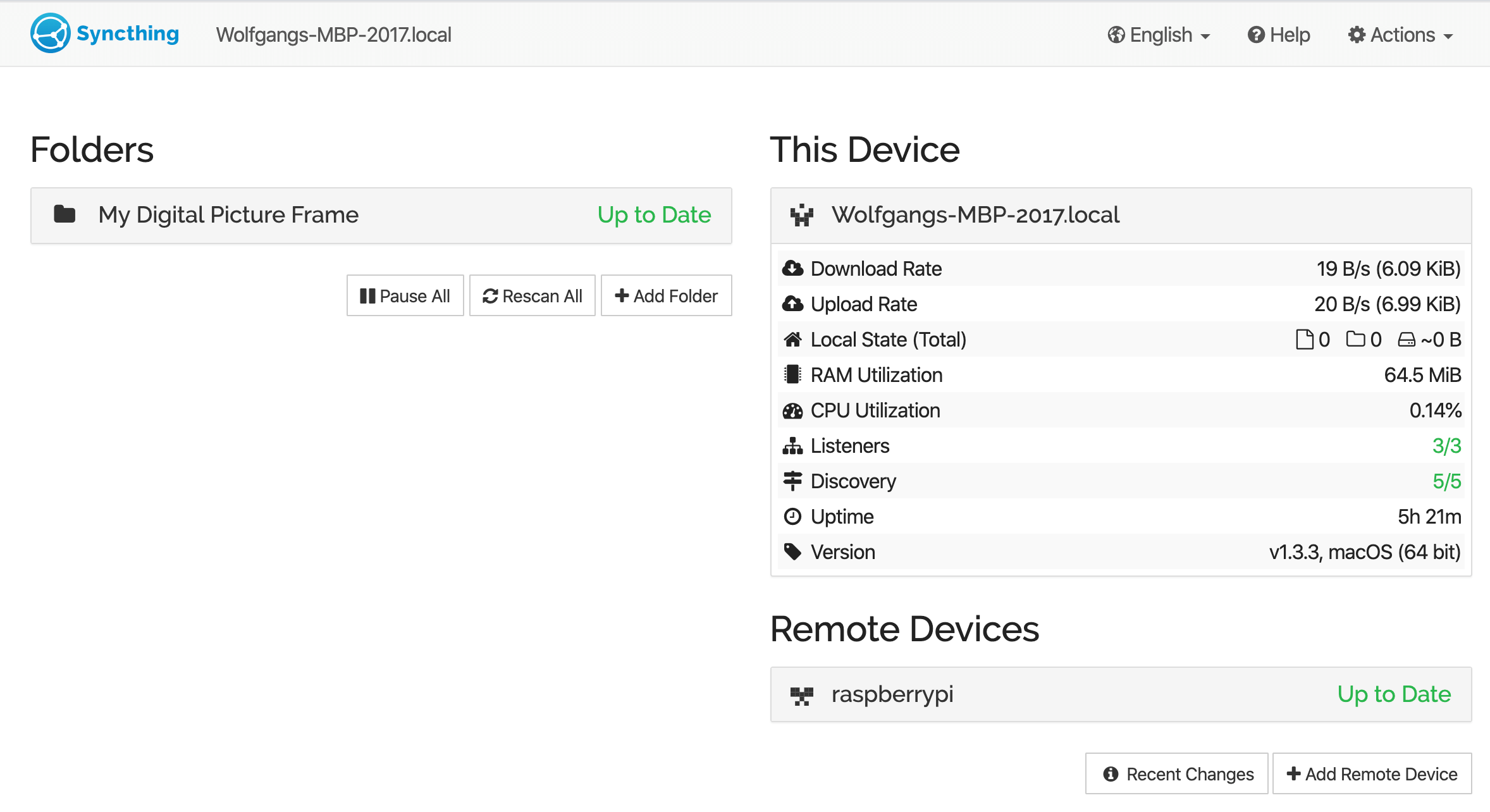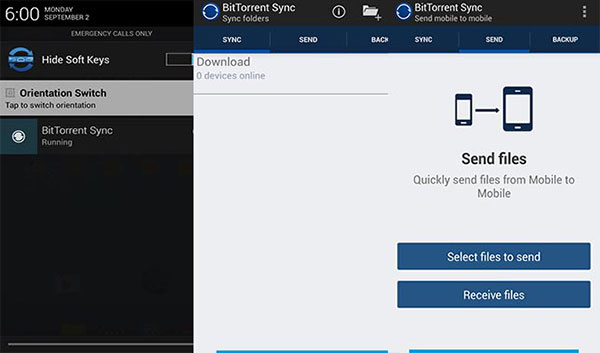Mac OS X
Using homebrew
Syncthing on 32-bit and 64-bit PCs. This download is licensed as freeware for the Windows (32-bit and 64-bit) operating system on a laptop or desktop PC from backup software without restrictions. Syncthing 1.11.1 is available to all software users as a free download for Windows 10 PCs but also without a hitch on Windows 7 and Windows 8. The application is compatible with Windows, Mac OS X and Linux operating systems. Download the service from our Syncthing site and you will be able to synchronize files from one device to another. More information about Syncthing.
brew install syncthing- Follow the info to autostart syncthing using launchctl. At the moment this is done using this command:
launchctl load ~/Library/LaunchAgents/homebrew.mxcl.syncthing.plist.
Without homebrew
Download syncthing for Mac: https://github.com/syncthing/syncthing/releases/latest.
- Copy the syncthing binary (the file you would open to launch syncthing) in a directory called
binin your home directory. If 'bin' does not exist, create it. - Edit the
syncthing.plist(located in /etc/macosx-launchd) in the two places that refer to your home directory; that is, replace /Users/jb with your actual home directory location. - Copy the
syncthing.plistfile to~/Library/LaunchAgents. If you have trouble finding this location select the 'Go' menu in Finder and choose 'Go to folder...' and then type~/Library/LaunchAgents. Copying to ~/Library/LaunchAgents will require admin password in most cases. - Log out and back in again. Or, if you do not want to log out, you can run this command in terminal:
launchctl load ~/Library/LaunchAgents/syncthing.plist
Note: You probably want to turn off 'Start Browser' in the web GUI settings to avoid it opening a browser window on each login. Then, to access the GUI type 127.0.0.1:8384 (by default) into Safari.
Linux
Ubuntu like systems
- Click the dashboard (hit 'Win' button).
- Open 'Startup Applications'.
- Click 'Add'.
- Fill out the form:
- Name: Syncthing
- Command: /path/to/syncthing/binary -no-browser -home='/home/your_user/.config/syncthing'
Supervisord
Add following to your /etc/supervisord.conf.
systemd
systemd is a suite of system management daemons, libraries, and utilities designed as a central management and configuration platform for the Linux computer operating system. It also offers users the ability to manage services under the user's control with a per-user systemd instance, enabling users to start, stop, enable, and disable their own units. Service files for system are provided by syncthing and can be found in etc/linux-systemd. Several distros (including arch linux) ship these service files with the syncthing package. If your distro provides a systemd service file for syncthing you can skip step 2.

How to use the system instance
Running synchting as a system service ensures that syncthing is run at startup even if the syncthing user has no active session.
- Create the user who should run the service, or choose an existing one.
- Copy the
system/syncthing@.servicefile into the load path of the system instance. - Enable and start the service. Append the syncthing user after the
@:
How to use the user instance
Running synchting as a user service ensures that syncthing is run after the syncthing user has created a session (e.g. via the graphical login screen or ssh). This could be used e.g. on a multiuser desktop computer when you want to avoid unnecessarly running syncthing instances.
- Create the user who should run the service, or choose an existing one.
- Copy the
user/syncthing.servicefile into the load path of the user instance. To do this without root privileges you can use~/.config/systemd/user/. - Enable and start the service:
To check if syncthing runs properly you can use the status subcommand:

Using the journal
Systemd logs everything into the journal. You can easily acces syncthing log messages (-e lets the pager jump to the very end):
Debugging
If you are asked on the bugtracker to start syncthing with specific environment variables it will not work the easy way. Systemd isolates each service and it cannot access global environment variables. The solution is to add this variables to the service file instead. Just use:
Syncthing Iphone
This will create an additional configuration file automatically and you can define (or overwrite) further service parameters like e.g. Environment=STTRACE=model.